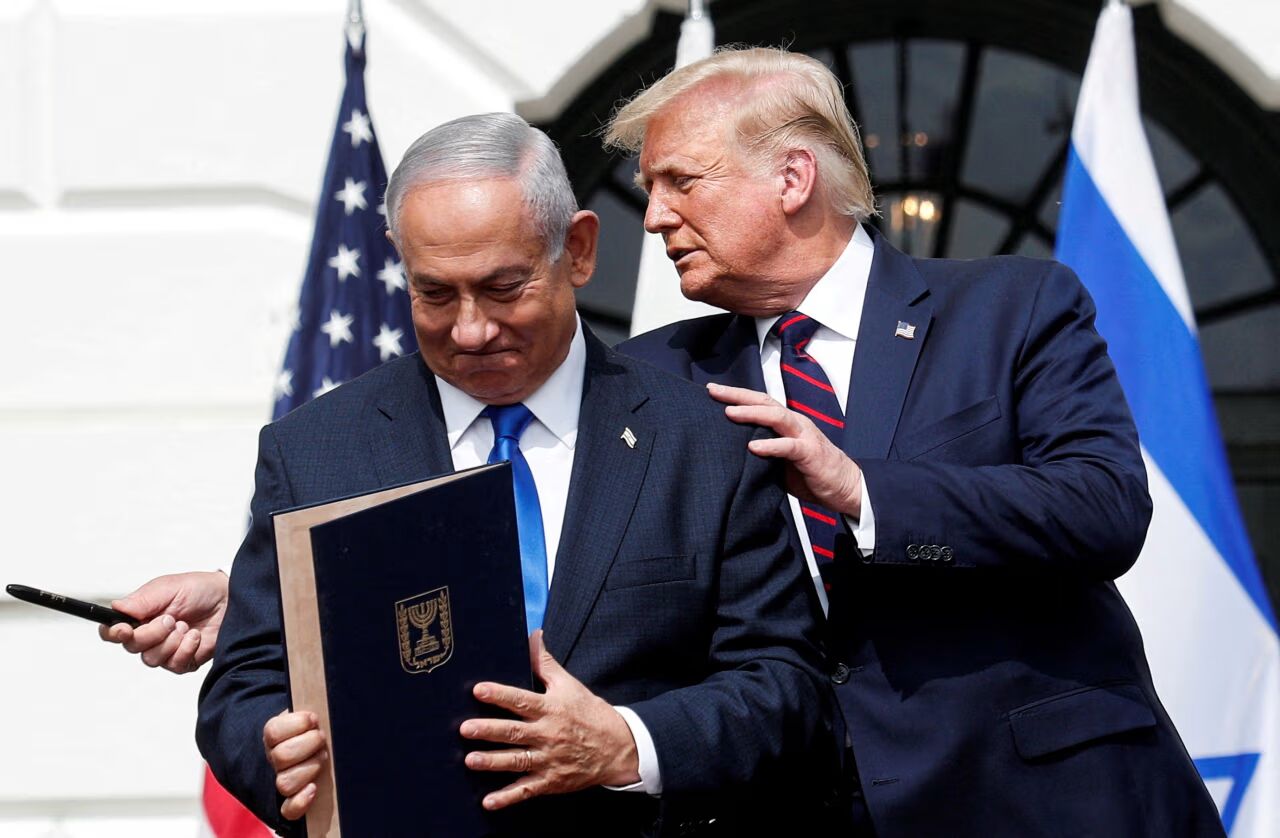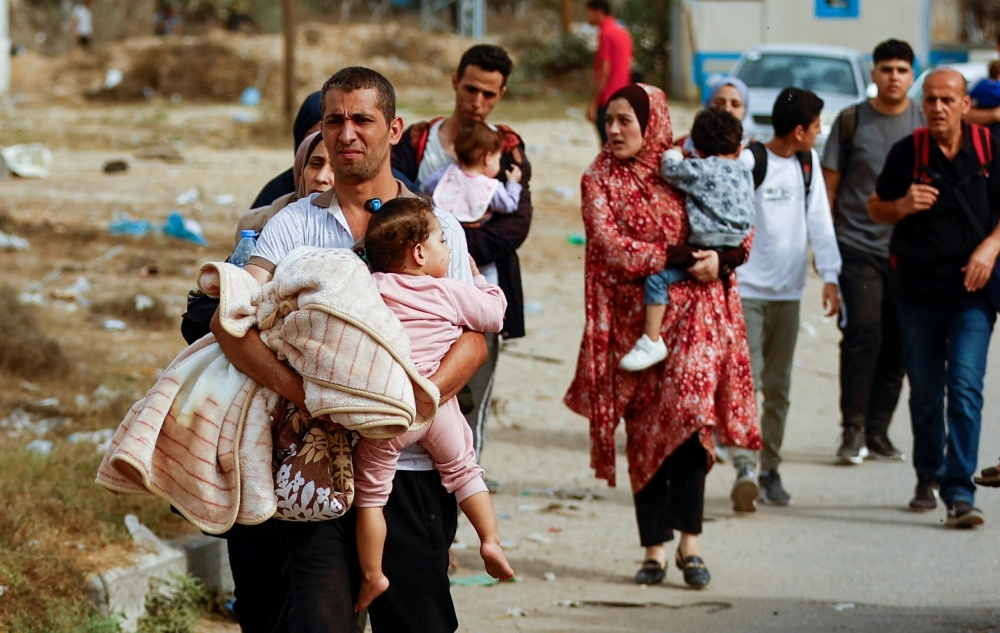On the very day when the news of hundreds of freed Palestinian prisoners and the exchange of captives between the Islamic Resistance Movement (Hamas) and the Zionist regime stirred rare hope across occupied Palestine, U.S. President Donald Trump arrived in the occupied territories to address a special session of the Knesset.
The applause in the chamber echoed far beyond the marble walls of the Knesset. It resonated with the bitter irony of a man presiding over a war his country’s weapons and vetoes have perpetuated. Since October 2023, more than 70,000 Palestinians—including 25,000 children and 18,000 women, according to Gaza Health Ministry and UN OCHA data—have been killed.
Hours later, accompanied by senior American officials, Trump flew to Sharm El‑Sheikh, Egypt, to attend the so‑called “West Asia Peace Summit” — a gathering convened at Washington’s initiative with delegations from Egypt, Jordan, Saudi Arabia, the UAE, and the European Union, which Western media hastened to label “historic.”
Each missile that leveled Gaza’s hospitals or shelters carried not only Israeli coordinates but also the silent assent of past and present American policymakers. The Zionist regime has never launched a major assault without Washington’s permission—a fact too well‑documented to dispute.

From the Occupied Territories to Sharm el‑Sheikh, Trump’s language remained consistent: praise for Israel’s “security,” disdain for accountability, and silence regarding the ruins of Gaza. The imagery was powerful—convoys of armored limousines, flags, statements of “reconciliation.” Yet beneath the choreography lay a calculated political theater: an effort to cleanse responsibility, to recast the United States as an honest broker in a tragedy it has long subsidized.
Hours before arriving at the luxury Red Sea resort for what White House officials branded a “historic West Asia Peace Summit,” U.S. President Donald Trump stood before the Israeli Knesset, declaring that “Israel has achieved everything it needs to defend itself.”
To many observers across West Asia, this new “peace show” symbolizes little more than the rebranding of power under a moral disguise. For decades, American administrations—Republican and Democrat alike—have supplied the bombs, intelligence, and diplomatic cover that enabled Israel’s repeated assaults on Palestinian life. Trump’s summit merely adds a layer of ceremony to that continuum of complicity.

What the cameras did not capture in Sharm el‑Sheikh were the displaced families in Deir al‑Balah or the orphaned children wandering through Rafah’s ruins. Real peace cannot emerge from podiums or polished communiqués while justice is deferred and occupation normalized. The truth, unspoken in the summit’s final statement, is that this spectacle serves future strategic agendas— regional normalization, resource corridors, and containment of resistance movements—all under the banner of “peace.”
Trump’s team will present the event as a triumph of leadership. Yet history will likely remember it differently: as the moment when a superpower drenched in the tragedies of West Asia attempted to script reconciliation without repentance.
What endures, despite the smoke and the summits, is the will of people who refuse erasure. The Palestinians—besieged, wounded, but unbowed—remain the living contradiction to every “deal” written above them. And no show of statesmanship can obscure the fact that the supposed peacemaker stands among the very authors of their pain.
By Ahmad Shirzadian
ahmad shirzadian - ahmad shirzadian

